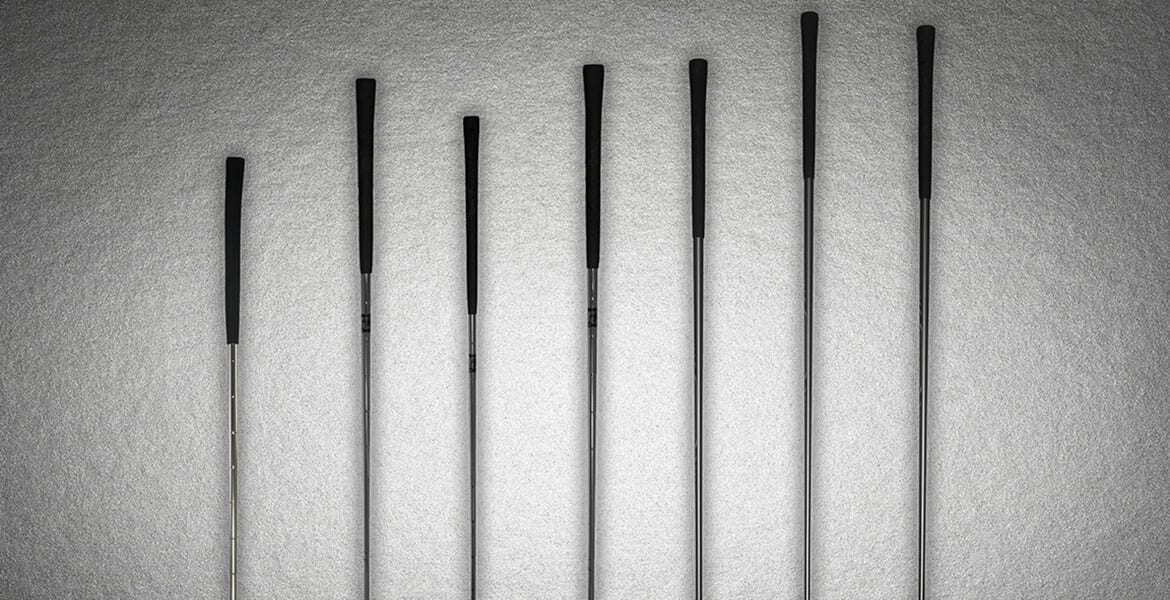1. The shaft is the engine of the golf club
No: The golfer is the engine. At best, the shaft is the transmission, delivering energy from the golfer to the clubhead and the ball. But the wrong shaft can reduce the energy that gets to the ball, cutting distance and/or accuracy. Get fit to be sure of getting the right shafts.
2. All Regular (or Stiff) shafts are the same
Unfortunately, no. There are no standards; each manufacturer is free to define each flex as it wishes. In fact, standards can vary for stiffness even in shafts made by the same manufacturer. Don’t choose any shaft without trying it first.
3. Graphite shafts produce more feel than steel
This usually is true—if the graphite shafts are more than 25 grams lighter than the steel they’re replacing and their weight, flex, and swingweight match the golfer’s swing. Graphite also usually puts less strain on the body, allowing some to play (or hit balls) longer with less discomfort.

4. Kickpoint helps determine shot height
True, but only for about 10 percent of all golfers, those who unhinge their wrists very late in the downswing and produce above-average clubhead speeds. The term “kickpoint” is dying: Instead, think “tip flexible” for slightly higher shots, “tip firm” for a slightly lower trajectory. But, again, only for those who release late and swing fast.
5. In a matched set of clubs, the stiffnesses are the same
Actually, each club should have a slightly different flex. Shorter clubs need stiffer shafts because their heads have to weigh more to keep swingweights matched and feel consistent through the set. If some of your clubs feel off, get the lengths and swingweights checked and don’t worry about the shafts.







Good information!!